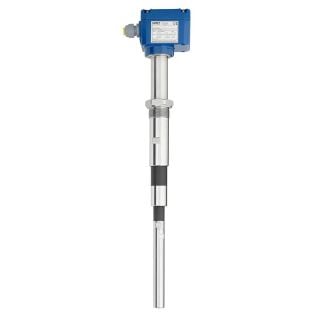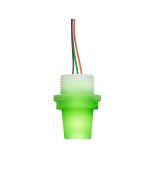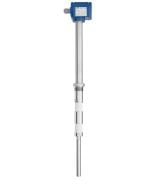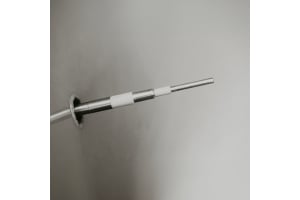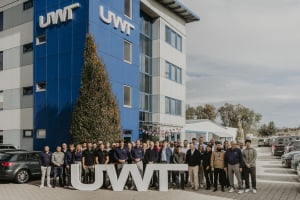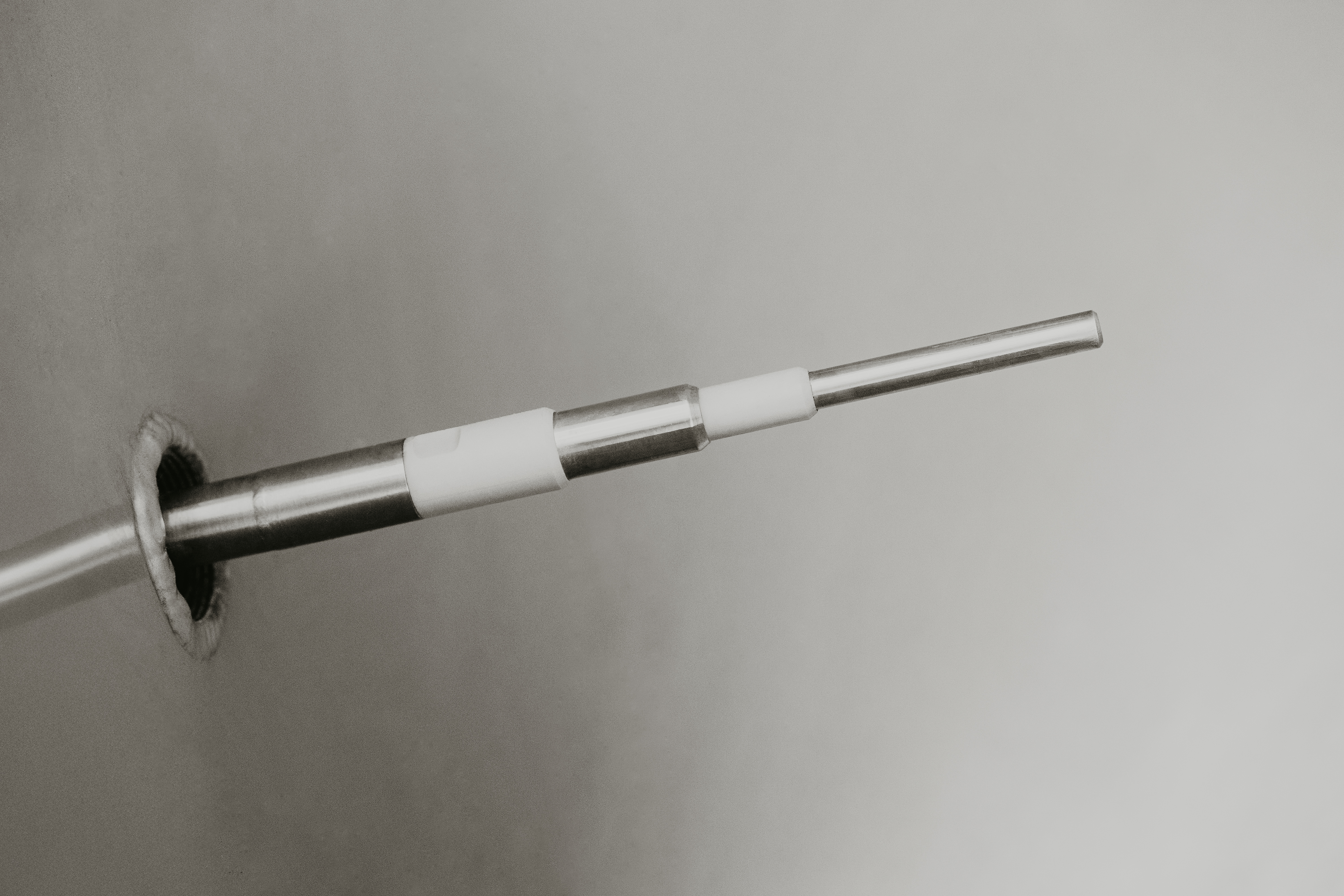
RF Technology Decoded – How Electrical Signals Deliver Reliable Level Detection
RF technology (Radio Frequency Capacitance) uses high-frequency measurement for precise level detection. Unlike purely capacitive sensors, it detects not only changes in capacitance but also the specific resistance of the medium. This ensures reliable measurement even under challenging conditions.
How does RF technology work?


RF technology responds instantly to media contact – longer electrodes increase sensitivity
The principle is based on an electrical voltage divider. Together with the medium, the probe forms a measuring system that detects both capacitance and impedance.
Impedance describes the total electrical resistance a medium presents to an alternating current. It indicates how strongly a material reacts to electrical signals – and this change is exactly what RF technology uses for reliable detection.
When the material comes into contact with the electrode, the capacitance increases abruptly – a clear signal that the level has been reached.
The longer the active electrode, the more sensitively the probe responds. This allows the measurement to be precisely adapted to different media and vessel conditions.
Why is RF technology so reliable?
RF sensors operate with high stability, even in demanding environments – for example in dusty conditions, with changing material properties, or with low dielectric constants.
Their key advantages
Consistently reliable switching points – even under challenging process conditions
Resistant to buildup
Flexible in use – suitable for a wide range of bulk solids and liquids
Robust design – maintenance-free and long-lasting
This makes RF technology an ideal choice for applications where simple capacitive probes quickly reach their limits.


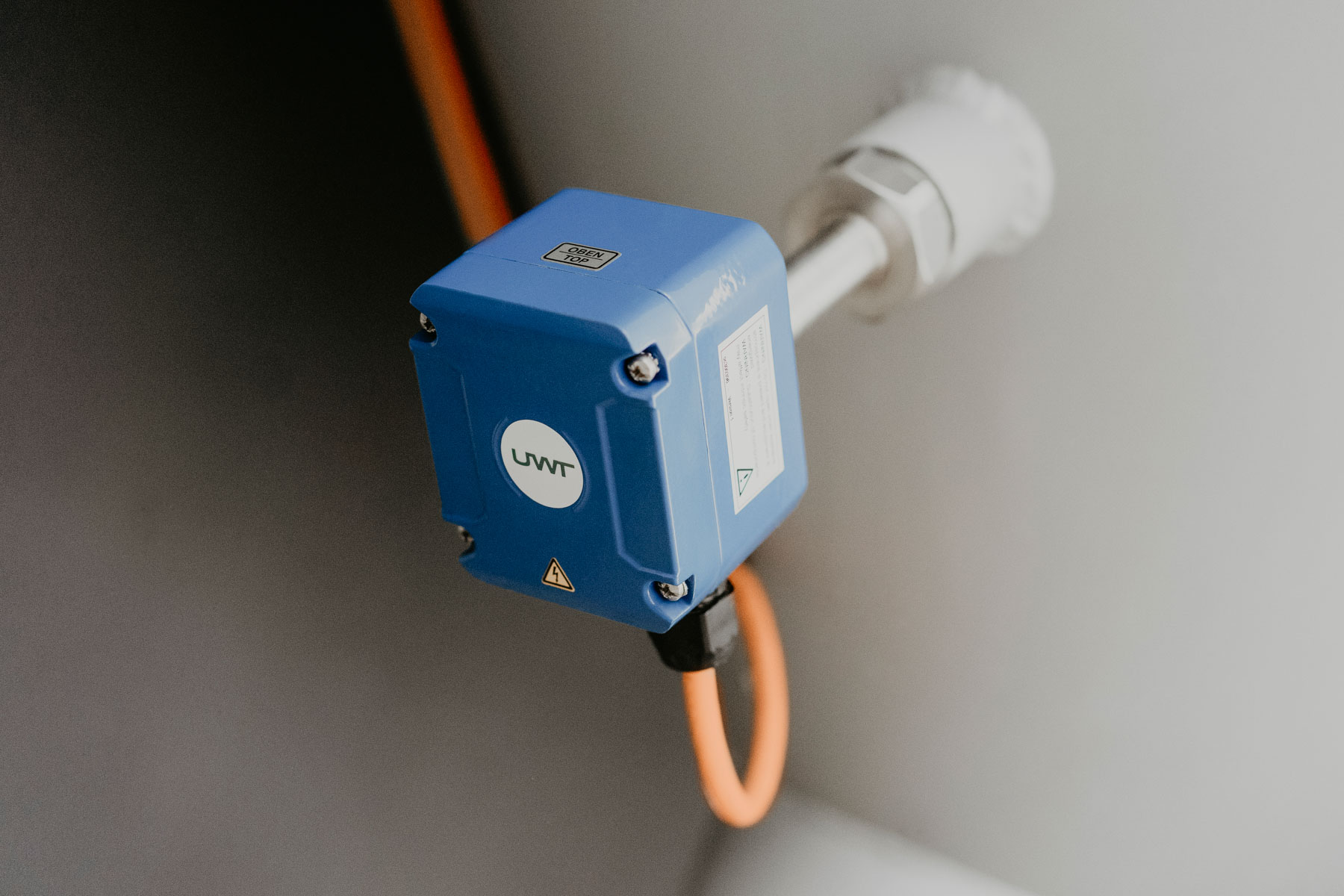

Capacitive Point Level Measurement
The capacitive point level switches of the series operate with RF technology and are suitable for bulk solids, powders, granulates as well as liquids, pastes and highly viscous media. They reliably detect full, demand or empty levels and handle tasks such as overfill protection or dry-run protection in silos, tanks, process vessels, hoppers, downpipes or pipelines.
Thanks to various device versions, the series covers a wide range of applications – including high temperatures, demanding pressure ranges or abrasive process conditions. The robust, chemically resistant design ensures long service life, even with aggressive media or heavily stressed processes.
The integrated Active Shield technology provides active buildup compensation and prevents deposits, foam or material accumulations from affecting the measurement. The sensor responds only to actual contact with the medium and remains stable even in sticky or highly contaminating processes.
With international approvals for gas and dust explosion-hazardous areas, the result is a versatile, low-maintenance level switch that ensures reliable level detection across virtually all industries.





